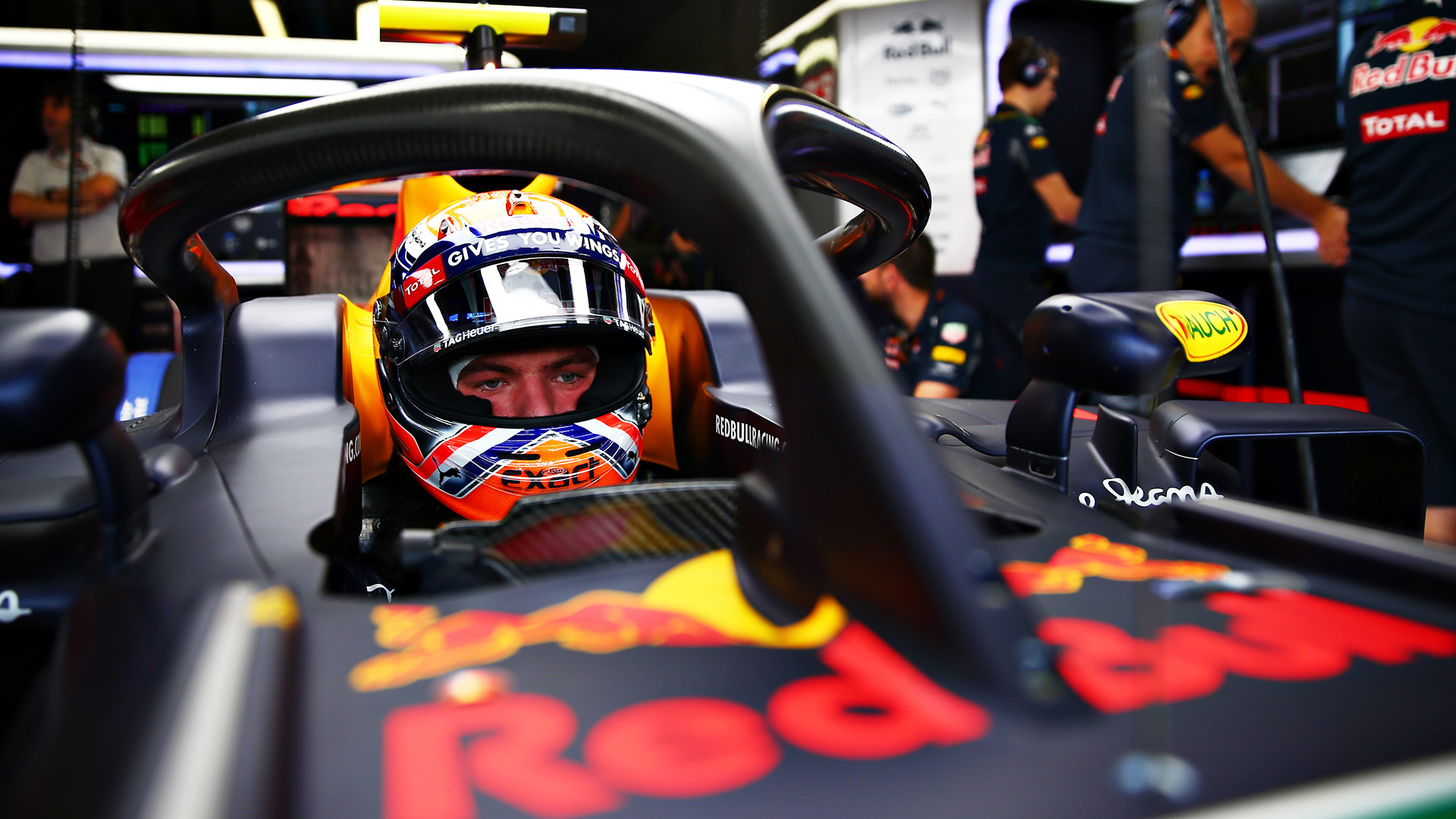

It’s official: The FIA has announced that for the 2018 season, Formula One cars will be fitted with the Halo cockpit protection device.
The announcement came following a meeting of the F1 Strategy Group where non-group members were also in attendance. This was the first F1 Strategy Group meeting where representatives from all Formula One teams were present.
It was just a week ago that the FIA released a render of the Shield that was being developed as a possible cockpit protector for 2018. The Shield got its first running during Free Practice One at the British Grand Prix last weekend.
While the Shield certainly looked better than the Halo, it got a less than stellar review after Sebastian Vettel drove it around the track. The long, curved clear polycarbonate windshield created distortions in the field of view for Vettel and caused him to become dizzy while driving with it on the car.
With a decision needed to be made now about what device would be run on the cars next year, the Halo was given the green light. While the issues with the Shield are something that could probably be fixed, there was no guarantee that it would be resolved by the start of the 2018 season.
With the lead time needed for teams to adapt whichever device was chosen to their 2018 car designs, the F1 Strategy Group had to go with the Halo. If the Shield got further into development and was found to still not be ready for 2018, the teams would be scrambling to make design changes at the last minute. The teams with smaller budgets would be at a significant disadvantage because of this.
The Halo, while functional, has been universally disliked by the drivers, teams, and fans. So why force it on the sport instead of just waiting another year for the issues with the Shield to get resolved? Because it was already put off by one year. When the decision was made to add a cockpit protection device in 2016, the target was for it to be on the cars for the 2017 season. The FIA then granted a one-year extension for further testing of the Halo, which also allowed the Red Bull Aeroscreen and the Shield to be developed and tested as well.
With several options to explore over an extra year, no other concept worked as well as the Halo. While it is unsightly, that excuse doesn’t hold up when it comes to driver safety. Had the FIA opted to delay cockpit protection for another year and a driver were to be injured or killed in 2018 by something the Halo could have prevented, the ramifications to the sport would be almost unimaginable.
Like it or not, the Halo will be part of Formula One in 2018. The reality is that everyone—the fans, the FIA, the drivers, and the teams—know that this is the right thing to do. If, while it is in use, the Halo stops one loose tire or chunk of carbon fiber from striking a driver in the head, then it will be completely justified. It’s not worth taking the risk of doing nothing.